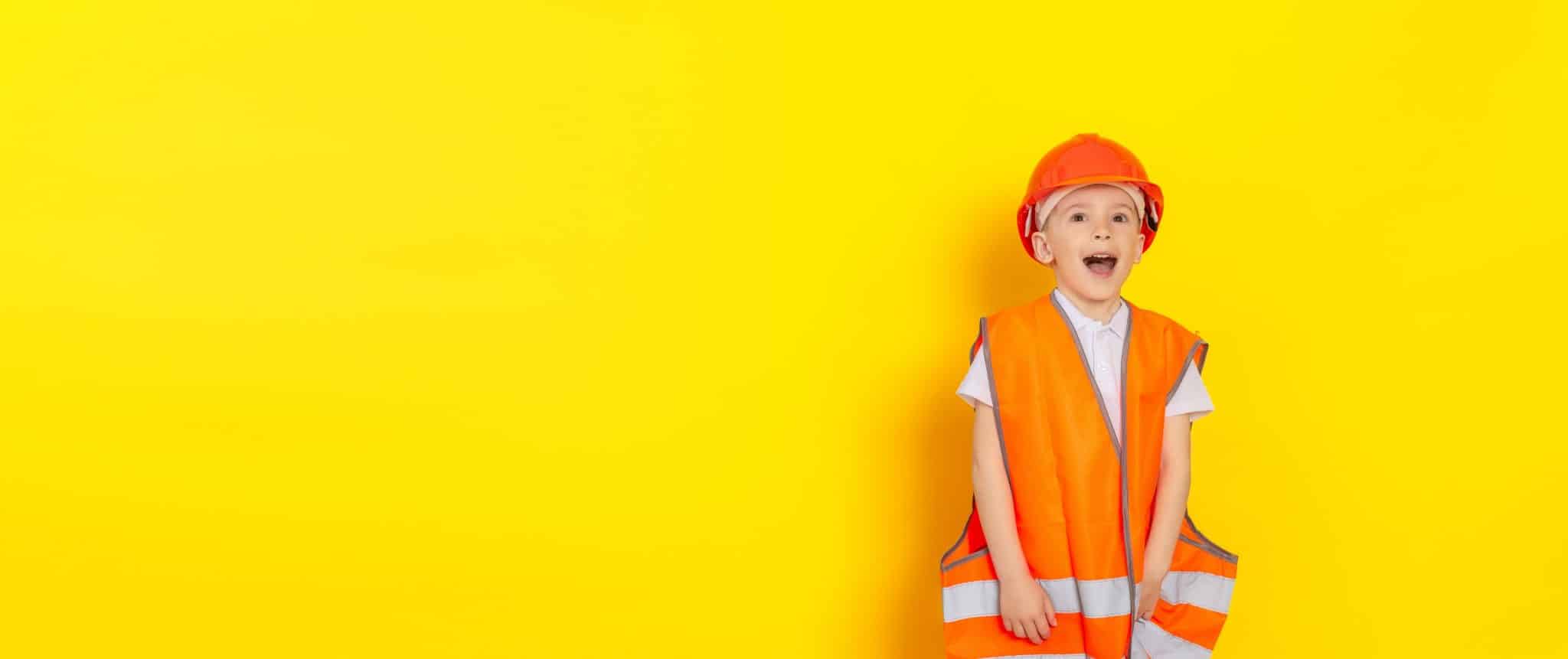The internet, despite its vast benefits, is a very scary place if you’re not protected from it. This has been highlighted, again, by the very recent ‘MOMO challenge’ that has been targeting children. Without a doubt, schools need access to the internet but it’s also the school’s responsibility to provide protection against these types of threats to ensure their pupils are safe whilst browsing the net at school.
So how can your school go about providing internet protection? Here are a few ideas for your school to help protect your students from these threats.
1. Do what your school does best…educate!
Make sure your students are aware of the dangers of the internet, and what to do if they come across any disturbing content. As our society relies more on the digital world, it’s becoming increasingly more important that people are taught how to be safe online – and this should ideally start from a young age.
2. Online safety training.
Training your staff about the importance of online safety means your school will be able to respond to concerns, and appropriately handle any issues that may arise during a lesson. Pairing this training with ongoing anti-cyberbullying sessions is a great way to fully support your students if and when any digital issues arise.
3. Internet filtering.
This isn’t a new thing. Internet filtering has been around for a very long time, and is a perfect solution to monitor and block against threats. Not only does it allow the school to limit what its students can access, it typically allows the school to monitor its internet usage. Most private schools have this type of solution in place, and it’s something more public schools should be looking to get, if they haven’t already. The good news is we can help your school spread the cost of most internet filters and networking solutions. 🙂
For more information on this topic, we suggest you check out the BBC’s Own It website. It’s full of handy tips, tricks and even resources that your school can use!








